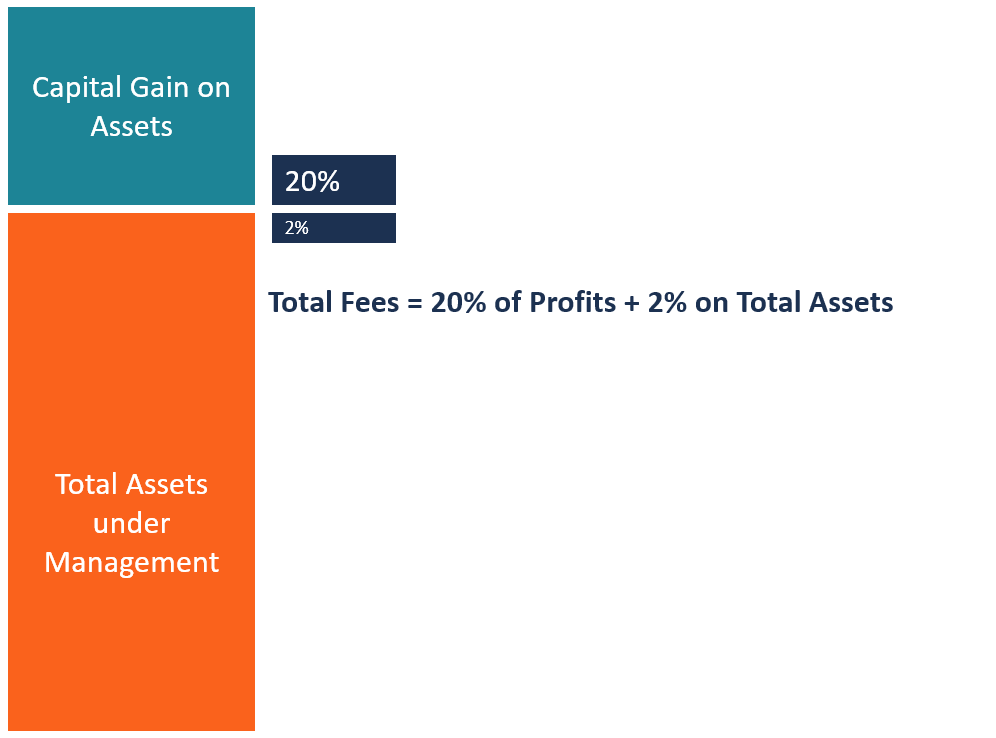Why Invest in Private Equity: Unlocking Long-Term Value Beyond Public Markets


The Evolving Investment Landscape
The traditional 60/40 equity-bond allocation that served investors for decades now faces unprecedented challenges. We’re witnessing rising correlations between stocks and bonds, persistently low yields, and increasingly homogeneous public markets — all leaving investors searching for alternatives that can deliver both returns and diversification.

This shifting terrain has sparked a dramatic transformation in capital allocation strategies. U.S. state pension funds have responded by increasing their alternative investment allocations to 40% by 2023, with private equity’s share growing impressively from 9% to nearly 15% within these alternatives.
Public markets, while essential, no longer provide the comprehensive investment landscape they once did. Consider that nearly 90% of companies generating revenues exceeding $100 million remain privately held, and the number of U.S. public companies has roughly halved since 1996.
The Private Equity Advantage
At its core, private equity represents ownership stakes in companies not listed on public exchanges. What makes this asset class distinctive is how it delivers value through several interconnected mechanisms.
The historical performance data makes a compelling case for private equity’s return potential. Cambridge Associates research shows private equity funds averaging 13.1% annually, significantly outpacing the S&P 500’s 8.6% during the same period. This outperformance isn’t merely coincidental but stems from structural advantages.

When you invest in private equity, you’re compensated for committing capital long-term through what’s known as the illiquidity premium. This extended time horizon allows PE managers to implement substantial strategic and operational changes that simply require time to bear fruit — something quarterly-focused public markets often struggle to accommodate.
Unlike passive public market investing, PE firms actively intervene in their portfolio companies. They drive operational improvements, refine strategic direction, and enhance governance structures. This hands-on approach stands in stark contrast to the limited influence most public market shareholders can exert on company management.
Building True Portfolio Diversification
Perhaps private equity’s most underappreciated attribute is its diversification benefit. PE has historically demonstrated lower correlation with public equities and fixed income, potentially providing portfolio resilience during public market downturns.
 When you add private equity to your portfolio, you gain access to companies and sectors underrepresented or entirely absent from public markets. This includes early-stage innovation, niche industries, and private small-to-medium enterprises that drive significant economic growth but remain inaccessible through traditional investment channels.
When you add private equity to your portfolio, you gain access to companies and sectors underrepresented or entirely absent from public markets. This includes early-stage innovation, niche industries, and private small-to-medium enterprises that drive significant economic growth but remain inaccessible through traditional investment channels.
The combination of potentially higher returns and low correlation with traditional assets often leads to improved portfolio Sharpe ratios — the holy grail of risk-adjusted performance that sophisticated investors continually seek.
With 98% of businesses worldwide remaining private, PE provides access to this vast segment of the “real economy” that drives job creation and growth. Many of these businesses have no intention of going public but represent tremendous value creation opportunities nonetheless.
Navigating Private Equity’s Complexities
Despite its potential benefits, private equity introduces unique challenges that require careful consideration before committing capital.
Understanding the Commitment Structure
The way capital is committed and managed in private equity creates distinctive characteristics that differ markedly from public market investments. Your capital typically remains locked up for 7-12 years or longer, with very limited ability to redeem investments prematurely. This fundamental illiquidity requires a genuinely long-term investment perspective.
.png)
The illiquid nature of PE significantly complicates portfolio rebalancing and can lead to unintended overallocation during market downturns — a phenomenon known as the “denominator effect” when public market assets decline in value, making PE appear to represent a larger percentage of your overall portfolio.
Evaluating the Cost Structure
Private equity comes with a substantial fee structure that impacts net returns and warrants thorough evaluation. The industry standard “2 and 20” model typically includes a 2% annual management fee plus 20% of profits as performance fees (carried interest), usually subject to a hurdle rate that must be cleared before these performance fees apply.
 Beyond the standard fees, investors may bear organizational expenses, transaction fees, monitoring fees, and placement agent costs. Understanding the full cost structure is essential to evaluating the net value proposition.
Beyond the standard fees, investors may bear organizational expenses, transaction fees, monitoring fees, and placement agent costs. Understanding the full cost structure is essential to evaluating the net value proposition.
Transparency and Complexity Considerations
Without daily market pricing, PE investments are valued periodically using models and appraisals. This can potentially create “smoothed” valuations that understate volatility and require sophisticated understanding to interpret properly.
Is Private Equity Right for Your Portfolio?
Private equity’s suitability varies significantly based on individual circumstances and goals. Success in this asset class typically requires a minimum 10-15 year time horizon to align with PE’s extended value creation cycle.
You must be comfortable with potential volatility, capital loss, and the J-curve effect — the phenomenon where returns are initially negative before turning positive as investments mature.

The Path Forward
While these fundamental characteristics of PE investments remain, eliminates the traditional barriers that have kept most investors sidelined from private equity opportunities.
Through Raizer, we handle the complex legal structures, conduct rigorous manager selection, negotiate favorable fee arrangements, and manage capital call logistics — essentially abstracting away the operational complexities that typically require dedicated investment teams.
What does this mean for you? Direct access to pre-IPO exposure in your favorite high-growth companies without needing millions in investable assets or specialized PE expertise.
As public markets become increasingly concentrated and less representative of the broader economy, private equity access is no longer a luxury but a necessity for comprehensive portfolio construction.


